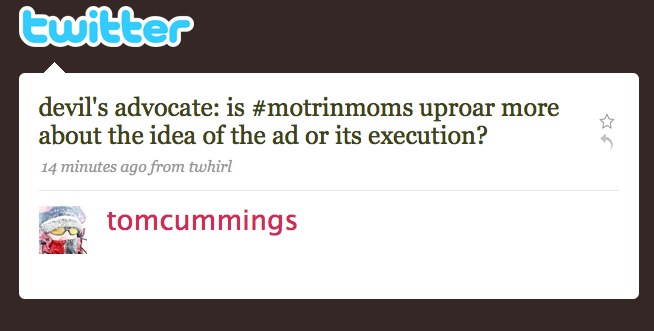
By the time I was fourteen years old, I'd already had your usual, garden-variety sort of spiritual experience. We'll skip over the details of that for now, because...
A New York nonprofit, Takes All Types, has announced a new program that will mobilize blood donors through Facebook, The New York Times reports.
For those who opt in, the system will send out alerts through Facebook — as well as by phone, fax, e-mail and text message — when their blood type is needed in their area. It will also send out reminders for regular donations.
The new Facebook app will allow both donors and blood drive centers to register and send and receive alerts about blood donation needs in their geographic region.
The program's creators, Ben Bergman and Richard Hecker, say that they were able to coordinate the project on short cash, by garnering support from interested developers, PR professionals, and hospitals.
The whole thing was done in about three months, for about $500,” Mr. Bergman said.
The announcement comes on the heels of a keynote interview at South by Southwest Interactive (SXSWi) of Facebook founder Mark Zuckerberg, during which Zuckerberg responded to calls to open up messaging on the massively popular social networking site.
Some users have expressed frustration at the "walled garden" nature of Facebook, which features a messaging system that sends users emails and texts to alert users that they have received a message, but which then requires the user to log in to Facebook to read the content of the message.
Any app that relies on messaging users outside of the Facebook walled garden might encounter some resistance (or at least barriers to use) until Facebook improves its messaging system, especially an app, like this one from Takes All Types, that targets the growing segment of Facebook users ages 35 and up, who might not spend as much time on their profile pages as their younger counterparts.
Many-to-many messaging systems like Twitter would seem better suited to this sort of real-time user mobilization -- except, of course, for the fact of Facebook's 65 million plus users, compared with Twitter's 940,000.
Oh yeah. Except for that part.
Expect to see more small, unknown nonprofits (and even purpose-built ones, as this one seems to be) taking the lead in using social networking to mobilize supporters and activists. The larger, established nonprofits with similar missions might be too slow-moving at first to either envision or implement these opportunities.

By the time I was fourteen years old, I'd already had your usual, garden-variety sort of spiritual experience. We'll skip over the details of that for now, because...

If Twitter is social media's living room, then the conversation and uproar over the new Motrin ad is now spilling out into the streets -- moms upset by the ad have...